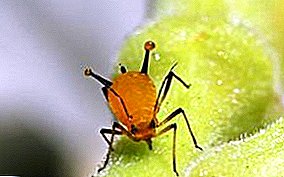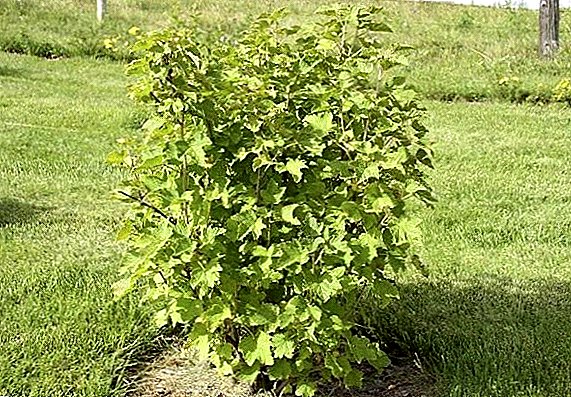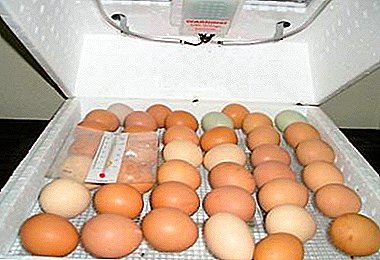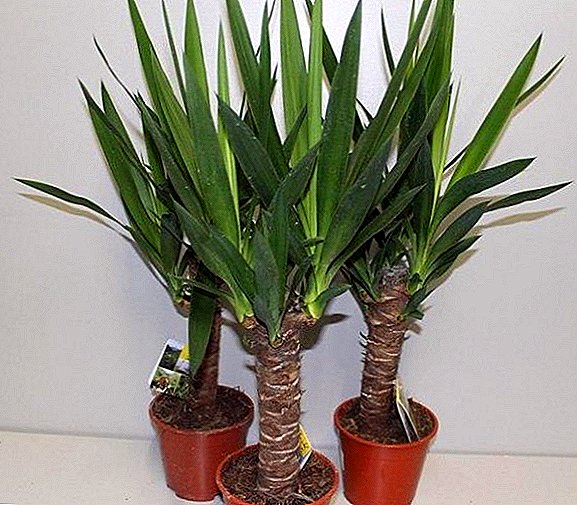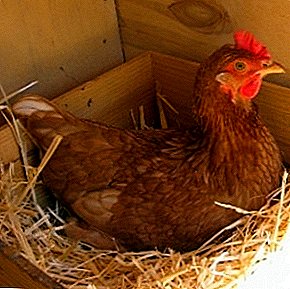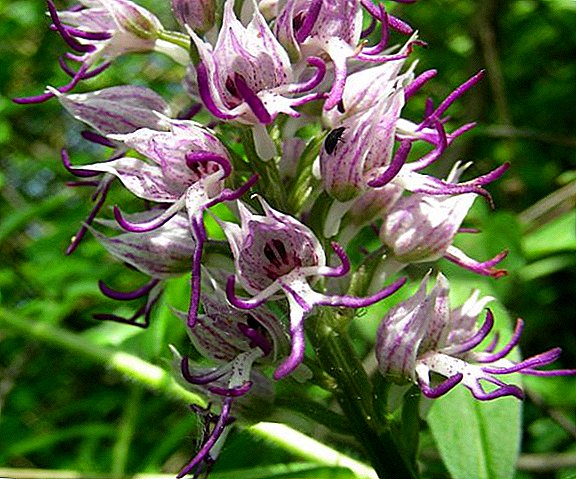 Thanks to the bright and varied colors, different forms of flowers, tulips are the most distinguished flowers from the riot of spring colors. The genus tulip belongs to the lily family. Even in the XVI century, the tulip was brought to Western Europe.
Thanks to the bright and varied colors, different forms of flowers, tulips are the most distinguished flowers from the riot of spring colors. The genus tulip belongs to the lily family. Even in the XVI century, the tulip was brought to Western Europe.
Throughout history, tulip species have been described many times, but often due to natural variability and easy crossing, plants of the same species have been described as different.
The latest classification in force is the 1981 International Tulip Classification, updated in 1996, where all varieties of tulips are divided into 4 groups and 15 classes belonging to them.
The first three groups, containing 11 classes, are divided by flowering time into early flowering, medium flowering and late flowering. Wild tulips and hybrids derived from them were included into group 4.
Did you know? The royal general association of producers of bulb plants, founded in Holland in 1860, is the international registration authority for new tulip varieties. About 12 thousand varieties of tulips have been described throughout the history, and in the twenty-first century about 2000 varieties belonging to different types and varieties of tulips are grown for commercial purposes.
Early flowering
Tulips of this group bloom before all in April. These are low-growing flowers with a height of 15-40 cm. Peduncles are strong and durable, withstanding strong gusts of spring winds.
Simple early tulips
Class 1 includes tulips with a height of 25-40 cm with flowers in the shape of an ellipse or glass, consisting of 6 petals, which are fully revealed, which is why flowers are not suitable for cutting. The varieties of tulips of this class are predominantly pink, yellow and red in color. 
Characterized by very early and long flowering. Widely used for early receipt, in January-March, flowers in greenhouse conditions, growing in flower beds.
Terry early tulips
Description of tulips class 2: undersized tulips 15-30 cm high, flowers are large, up to 8 cm in diameter, have 15-20 petals and are mostly yellow-orange and red shades.
Bloom for a long time, differ in a small multiplication factor. It is recommended to use such tulips in the foreground of flower beds, for decorating borders or forcing in pots.
Important! For successful distillation of tulips you need to choose the right varieties, prepare the soil and create the necessary temperature.
Medium flowering
Mid-flowered tulips capture the period of flowering of tulips of the 1st group and bloom in late April - early May. Peduncles of these varieties are strong, 40-80 cm tall, flowers are simple. All mid-flowered varieties are divided into two classes: triumph-tulips and Darwin hybrids.
Triumph tulips
Triumph-tulips obtained by crossing Darwin hybrids and simple early tulips, displayed in a separate class. Characterized by consistently early flowering from the end of April and are mainly used for early forcing in industrial volumes.
These are medium and tall tulips with a height of peduncle up to 70 cm, a large flower that does not lose the shape of a glass. Flowers of various colors - from white to purple, including two-color. Ideal for cutting and decorating flowerbeds.
Darwin hybrids
Darwin hybrids are obtained by crossing Foster tulips with Darwin tulips - these are tulips with strong, high - up to 80 cm, peduncle and large - up to 10 cm in diameter, with goblet flowers with a wide bottom. 
The flowers are bright, with a predominance of red and yellow colors, mostly monochromatic, but also include two-colored varieties with a border or a symmetrical pattern, called a flame, not subject to variegation of the virus.
Most varieties of Darwinian hybrids breed only vegetatively. Darwin hybrids are very popular, tolerate transportation, are used for forcing and cutting on an industrial scale. In nature, bloom in early May. Resistant to frost.
Late flowering
This group includes the largest number of classes of tulips, characterized by a late flowering period - from mid-May.
Simple late tulips
The class of simple late tulips includes varieties having a goblet-shaped corolla with 6 blunt, wide, smooth edges, petals and a square base. This includes the tallest varieties - up to 80 cm and above.
The color range is the most diverse - from light and delicate to dark and bright. There are two-colored and multi-colored forms. Tulips of this class have a high percentage of reproduction, are very well suited for cutting, but due to the late flowering period, only some varieties are used for forcing.
Lily tulips
Flowers of tulips of this class are simple, in a form similar to lilies. Their petals are up to 10 cm in length, with pointed ends bent outwards. Peduncles 50-65 cm tall, strong. 
Flowers of different colors, both monophonic and two-colored. They flourish among the first in their group. Used to decorate flower beds, cutting and forcing.
Fringed tulips
This class includes varieties of tulips, the edges of the petals of which have a finely cut needle-like fringe, thanks to which the flowers become more lush and elegant.
The flowers come in different sizes, often simple, but very beautiful terry-fringed varieties are bred. Petals are usually wide, rounded, but they are also pointed. 
Fringed tulips come in all sorts of colors: from white to dark chocolate, both plain and very original with contrasting fringe. The height of the peduncle is 50-65 cm. Such tulips are very popular, they are used for growing in gardens, in flowerbeds, for cutting and forcing.
Did you know? The first variety of fringed tulips was bred in 1930 under the name "Sandyu", which means "a predatory plant that catches insects." Gradually, the “suspicions” of predation disappeared and such varieties became more and more beloved.
Green tulips
In green (or green-flowered) tulips, the backs of the petals are thickened and have a green color from the outside during the entire flowering period. Petals 5–7 cm high, rounded in shape or with sharp ends, the edges of the petals are slightly bent inward or curved outward, due to which these tulips have a very stylish and spectacular look. 
Green tulips come in different heights - from 30 to 60 cm, have small narrow leaves, bloom closer to the end of May. The color of flowers is from white to red, including two-color, but light green tulips look the most tender.
The class is not numerous, in the Netherlands in 2014 for commercial purposes only 21 varieties of such tulips were grown. Green tulips are applicable for cutting and flowerbed design.
Rembrandt Tulips
This class includes variegated tulip varieties. It is the smallest and according to the 1981 classification includes only three varieties, where the variegation is transmitted genetically. Varieties exposed to the variegation virus are not included. 
The height of Rembrandt tulips in the range of 40-70 cm. The flowers in the shape of a glass, have wide, blunt-pointed petals 7-9 cm in height.
The flowers are white, yellow, red in color with spots and strokes of a contrasting (from bronze to dark purple) color. Bloom from mid-May. Used for beds and pruning.
Important! The variegated virus, which affects the coloring pigment in the petals of tulips, making them variegated, was discovered by scientists in 1928. From this period, motley forms of tulips are not grown for commercial purposes and are trying to destroy. The most frequent carriers of a viral infection - insects sucking tulip juice and flying from sick to healthy plants (thrips, aphids), can also infect plants in the garden, cutting off sick and healthy ones with one knife.
Parrot tulips
Petals of parrot tulips are not evenly shaped, they are deeply cut along the edges, often curved, wavy, twisted and look like ruffled feathers of birds. The flowers look very unusual. 
The color of flowers includes the whole range characteristic of tulips, from white to maroon black, as well as two-and three-color. Flowers open wide, reaching a diameter of 20 cm.
Peduncles 40-70 cm tall often suffer from bad weather due to heavy buds. Used for cutting, planted in the foreground of flower beds for a better overview and assessment of quirkiness.
Terry late tulips
Late terry tulips have many petals and are shaped like peonies, so they are also called peony. Peduncles strong, 30-60 cm tall, sometimes up to 1 m, which in the rain and wind do not always withstand the weight of large flowers.
Late terry tulips differ from early terry tulips in a thicker and rounded shape of the flower and a wider range of shades, including lilac, down to purple-black, and two-tone coloring. 
A distinctive feature of late terry tulips is the latest and longest flowering period - up to 3 weeks, ending in early June. Used mainly to decorate flower beds in gardens and parks.
Did you know? Varieties of late terry tulips are known from the XVII century, but were considered rare and remained unchanged for centuries. Only in the twentieth century breeders strenuously began to develop new terry varieties.
Types of tulips and their hybrids
The last group includes four classes, three of which are separate species with persistent characteristics of biology in biology (the main features) used to develop new varieties and hybrids, and the fourth is all other types of tulips.
Kaufman tulip, its varieties and hybrids
Tulips Kaufman bloom among the first, in early April. Peduncles of this species are low - 15-25 cm, flowers of elongated shape, fully opening, have a star-shaped form. The color of flowers is often two-tone, yellow and red, the petals are unequally colored on the inside and outside. 
Virtually not susceptible to variegation virus. The leaves of some varieties have specks or stripes of a reddish hue. Because of the small height they are unsuitable for cutting, but they are used for forcing, cultivation in alpine hills, borders, rockeries, under trees.
Foster's tulip, its varieties and hybrids
The flowers of the Foster tulips are larger, goblet-shaped or cupped, with elongated petals up to 15 cm in height and 8 cm in width, they do not open widely and resemble large crocuses. The flowers are bright, orange-red shades, rarely yellow and pink. 
Foster's natural tulip forms are absolutely resistant to the variegation virus. Peduncles of medium height - 30-50 cm. Leaves are dense, wavy, sometimes with purple patches. Foster tulips bloom in late April. Grown under trees, in rockeries, used for forcing and cutting.
Greig tulip, its varieties and hybrids
Greig's tulip flowers are a uniquely shaped double bowl, where the inner petals are closed and the outer ones are tilted out to the middle. The color of flowers from red to yellow-orange and pink, often with contrasting edging or pattern, there are varieties with white and terry flowers. 
The height of the stem is 20-30 cm, but there are hybrids up to 70 cm tall. Bloom in the second half of April. A distinctive feature are the leaves covered with purple stripes or spots. Used for forcing and decorating the garden.
Wild types of tulips, their varieties and hybrids
In the last 15th class, all wild-growing types of tulips, their hybrids, as well as species that were not included in the previous 14 classes are combined. This class of tulips is also called "botanical tulips".
They usually bloom in early spring, stunted 20-35 cm, many are characterized by multicolor, have narrow leaves, smooth or wavy. Flowers are more often in the form of asterisks, but there are cupped and with very narrow petals. 
Have white, yellow or red color, including lilac and pink shades, monophonic or with a contrasting color of the base of the petals. Wild tulips are completely resistant to the variegation virus and are successfully used in breeding.
Hybrids of wild tulips grow poorly vegetatively. Indispensable for the design of alpine gardens and landscaping gardens and parks.
Getting acquainted with the description, the question arises: "How many species of tulips exist?". Botanists of the 21st century disagree because of the complex taxonomy of the genus, so the answer may be approximate - there are about 80 types of tulips, and each of them is very interesting.



